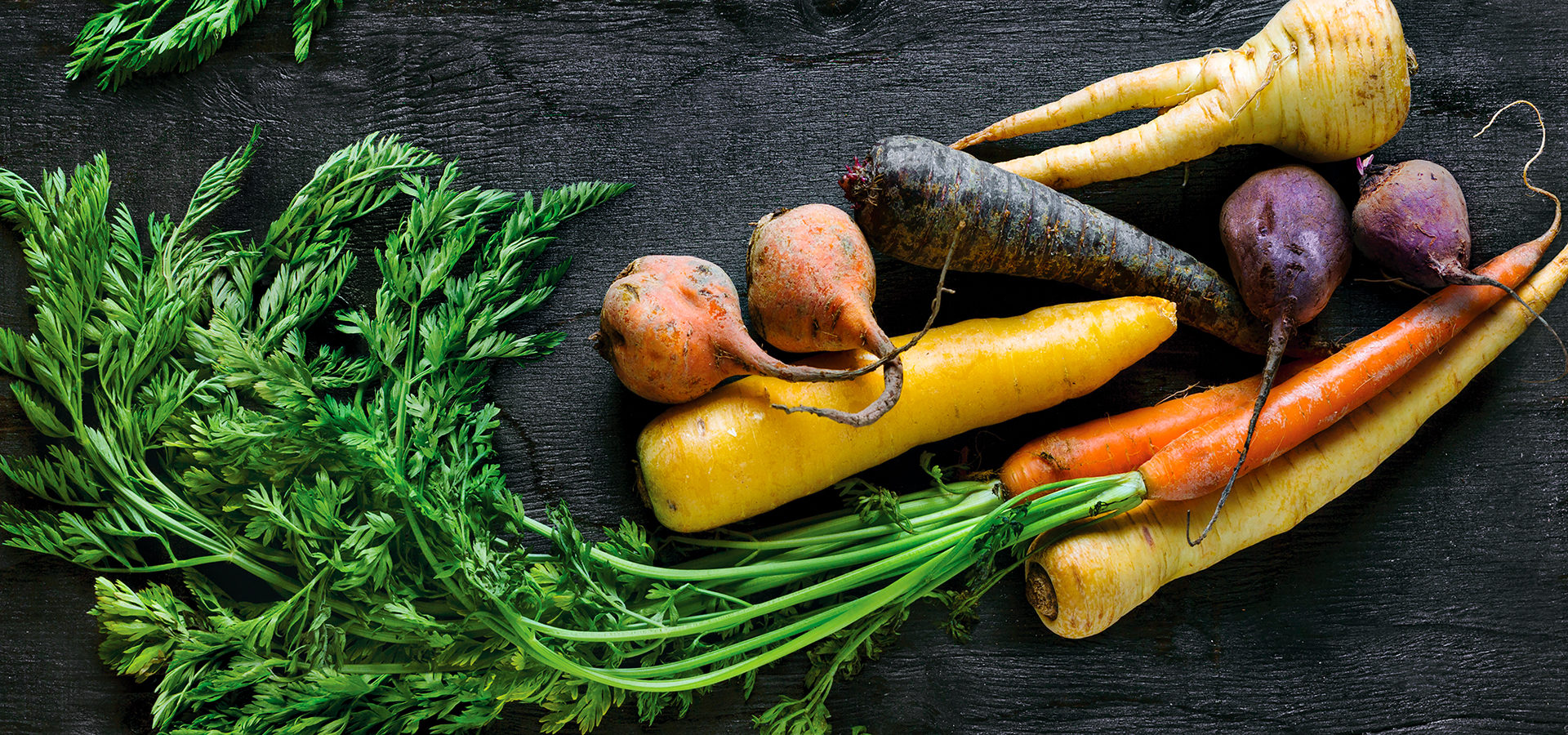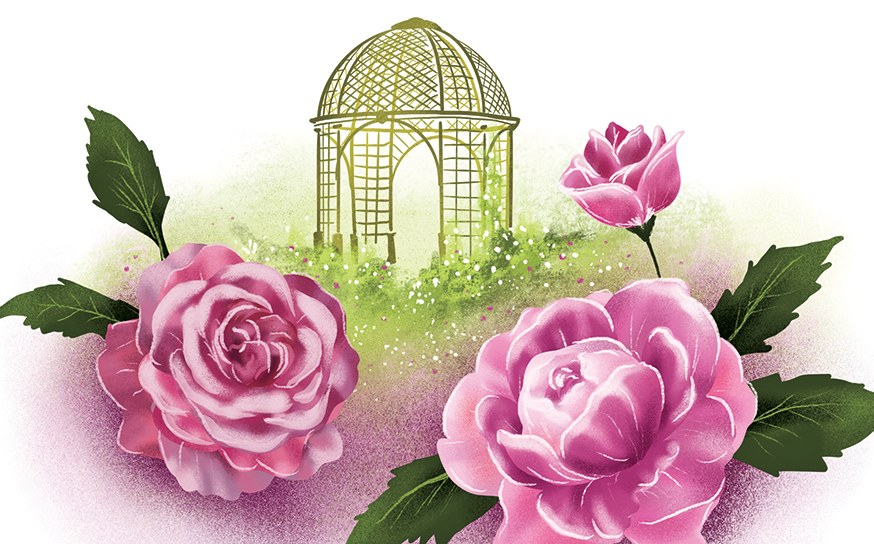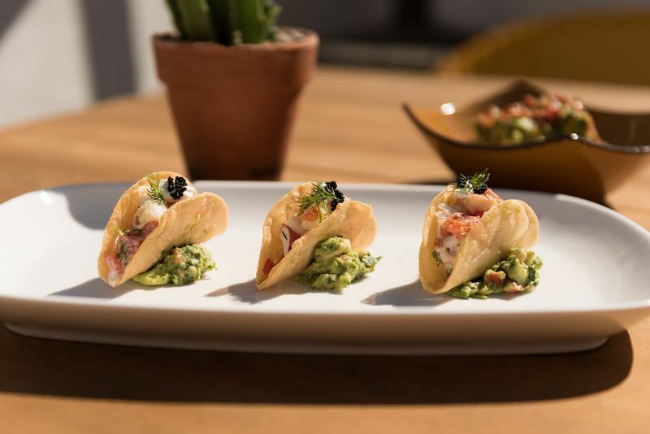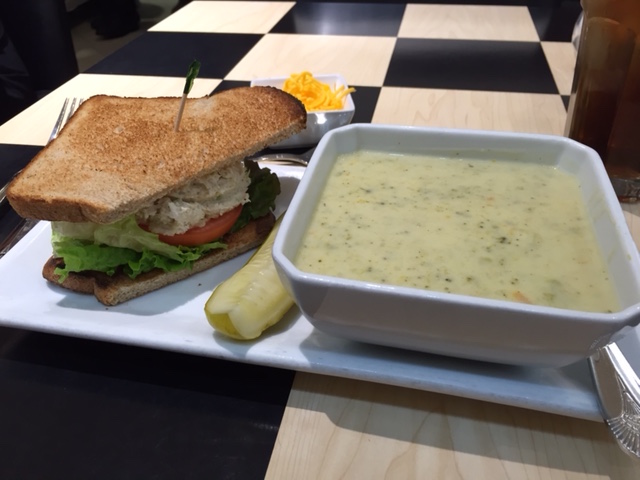
Is Summer the Time to Plant a Veggie Garden? In Fact, Our Valley Climate Is Ideal for Cultivating Produce in Fall and Winter
While everyone else is watching football.
-
CategoryEat & Drink, People
One of the most important things to do for a cool-season garden is to choose the right spot. Whether you are using beds or containers, Valley-based urban gardener Whitney Wade suggests choosing an area that, on a summer day, has six to eight hours of full sun. “And realize that, as we head into fall, the area will have less light as the sun and earth shift. The idea is to get as much sun as possible,” Whitney says.
If you have a summer garden, Whitney suggests leaving plants in until they stop producing and flowering. Continue watering two times a week for four or five minutes, because water keeps the soil alive with beneficial bacteria and organisms.
For most of her Valley clients, Whitney plants peas, broccoli, cauliflower, cabbage, brussels sprouts, carrots, radishes and all types of lettuce. Herb choices include dill, chives, oregano, thyme and rosemary. “It’s important to plant herbs when the weather is still mild. To thrive, they’ll need to be established before it gets cold.” Here’s Whitney’s 10 top tips:
- In September, top your soil with compost (bagged soil amendment) to replace lost nutrients, as well as some granular fertilizer.
- When temperatures at night are consistently below 55 degrees and continuing to drop, it’s time to plant—typically in mid- to late October or November.
- With root veggies like beets, carrots and radishes, as well as peas and lettuce, I use seeds. It’s easy to get results and it’s cost-efficient. With the rest, I prefer seedlings.
- Two weeks after planting, apply granular fertilizer and continue doing so once a month. Then rotate granular fertilizer with seaweed kelp extract and fish emulsion.
- Be aware of companion planting. Certain veggies grow well together, like lettuce and carrots. Kale, broccoli, cauliflower and brussels sprouts like to be together. On the other hand, lettuce does not do well near broccoli.
- Be patient. Although you can harvest lettuce after four to six weeks, kale and peas can take six to eight weeks and broccoli, three months. Carrots can take up to five months!
- Check for aphids once a week. If you see them, try washing them off with the hose first. If that doesn’t work, use organic insecticidal soap.
- Look out for green caterpillars—especially on kale—which often hide under the leaf. Telltale signs: a hole in the center of the leaf or bites taken out along the edges.
- If we hit an extreme weather snap—a freeze or a scorcher—protect your plants with an umbrella or tarp.
- Monitor watering. For automatic timers, do two minutes three times a week. If it is raining, turn off the sprinklers. Avoid letting your beds dry out completely.
For more on Whitney, go to plantgroweat.com or join her free Instagram Live class @plantgroweat on Saturdays at 9 a.m.
Painter and Sculptor Charles Fine Says Growing Up Valley is a Major Influence in His Art
Indelible impressions.
Discover 5 Heat-loving Greens for the Valley Summer Veggie Garden
And you thought it was too late…











